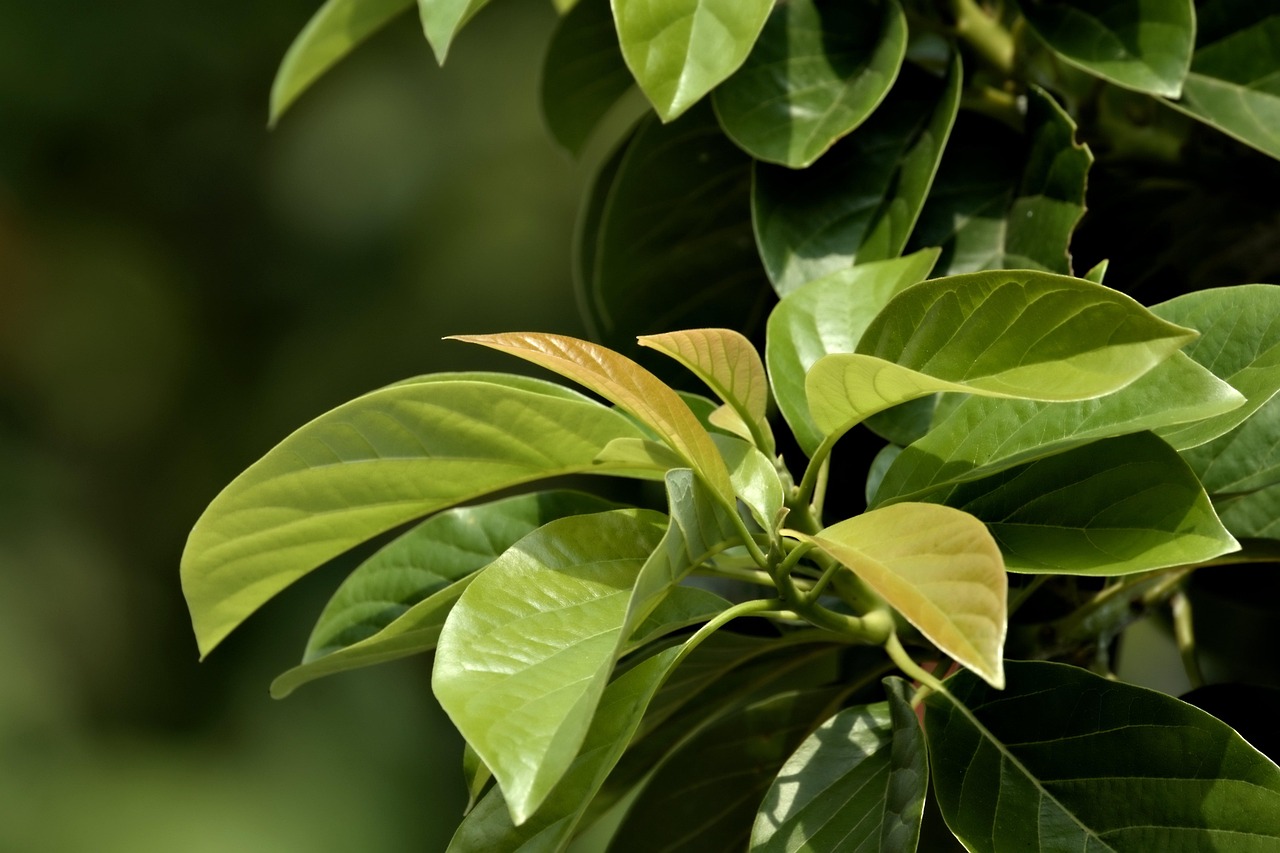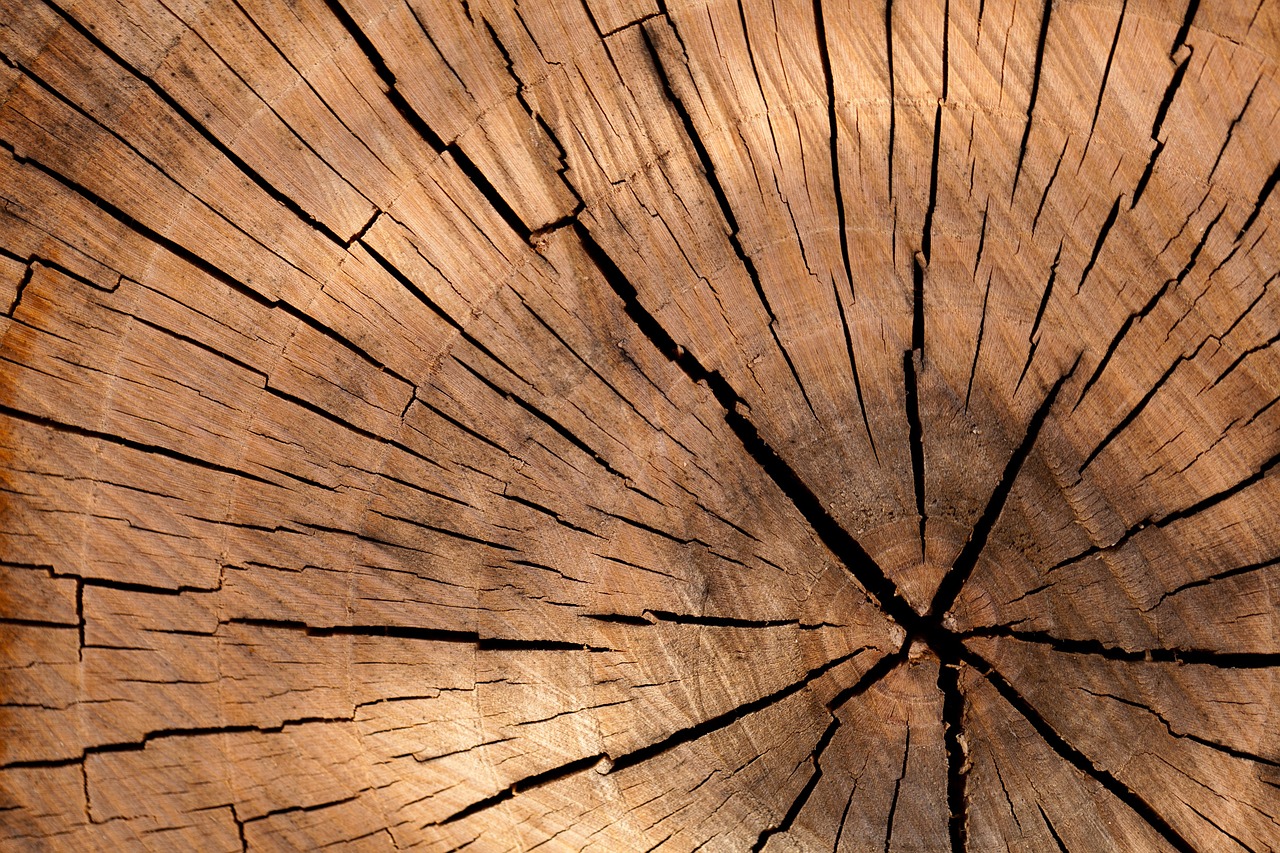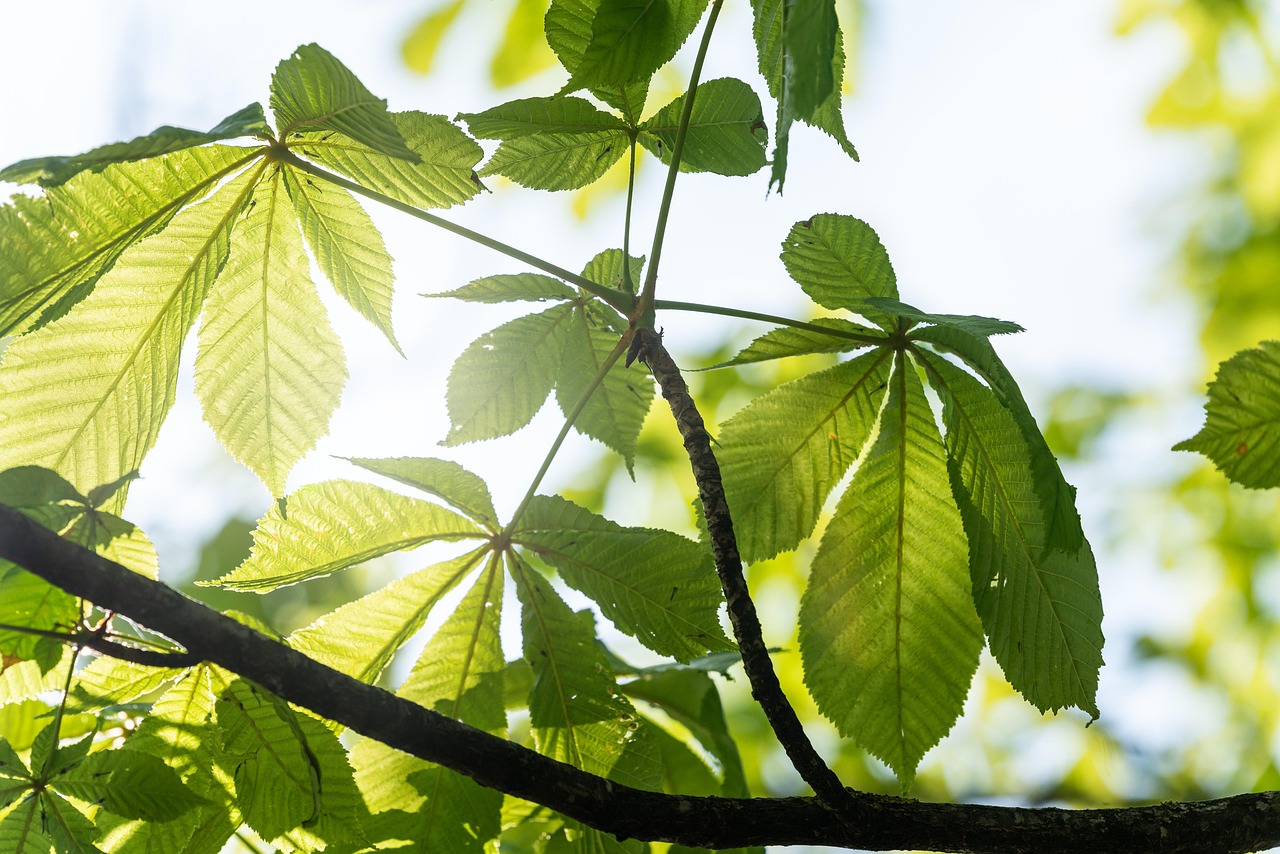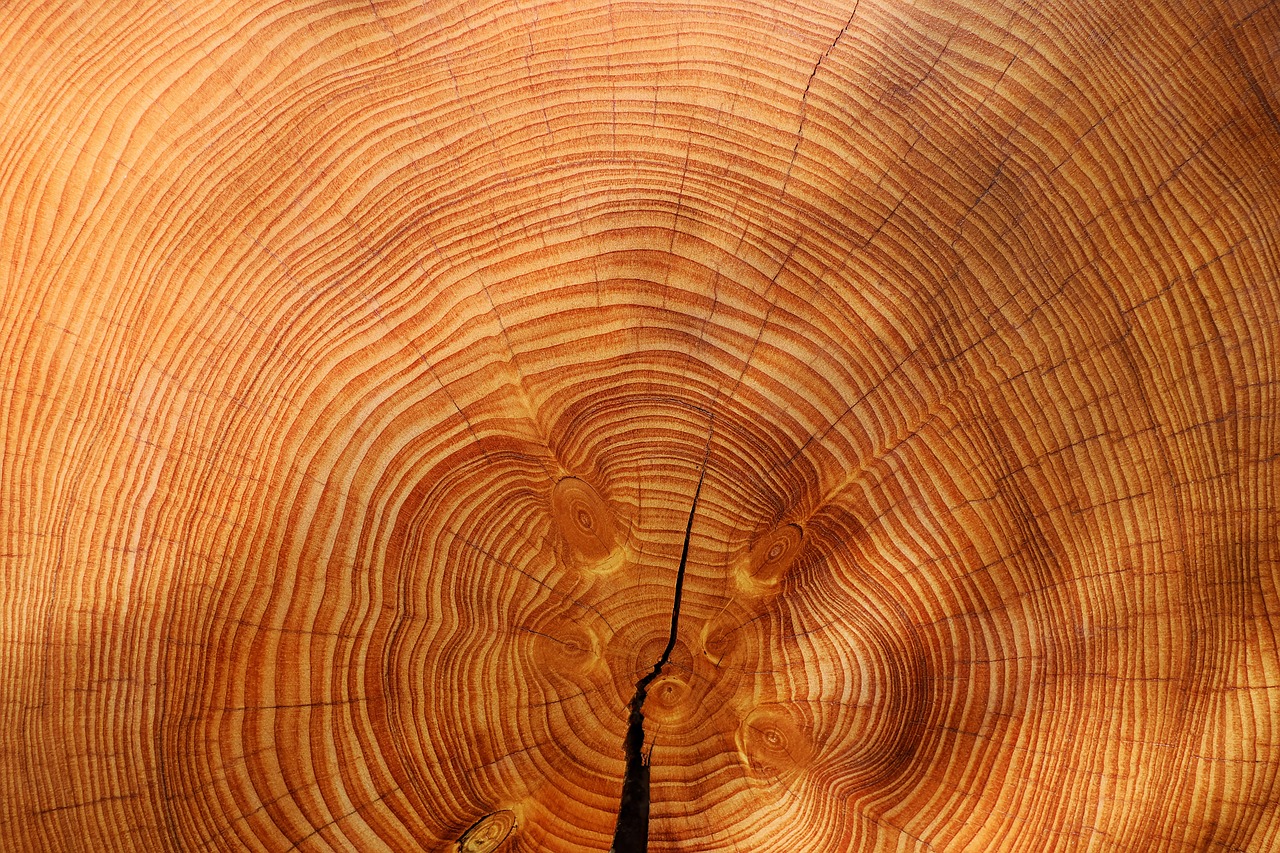Graphing tree growth rates is essential for selecting the best species for specific environments. By visualizing growth data, researchers and land managers can make informed decisions that promote sustainability and health in forest ecosystems.
Understanding Tree Growth Rates
Tree growth rates vary significantly among species and depend on various factors such as climate, soil type, and water availability. Understanding these variations is crucial for effective forest management and conservation efforts. For instance, some species thrive in wet conditions while others prefer dry environments. By graphing these growth rates, professionals can identify which species will perform best in particular locations.

The growth rate of a tree is typically measured in height or diameter over a specified period. This data can be collected from various sources, including field studies and existing forestry databases. The resulting graphs serve as powerful tools for visualizing growth patterns, making it easier to compare different species.
When analyzing tree growth rates, several key factors must be considered:
- Species Characteristics: Each tree species has unique biological traits that influence its growth rate.
- Environmental Conditions: Soil quality, climate, and water availability play a significant role in tree growth.
- Management Practices: Silvicultural techniques can enhance or diminish growth rates.
The Importance of Graphing Growth Rates
Graphing growth rates provides a visual representation that aids in understanding complex data. It allows for quick comparisons between species and can highlight trends over time. Here are some benefits of graphing tree growth rates:

- Data Visualization: Graphs make it easier to interpret large datasets, revealing patterns that might not be obvious through raw numbers.
- Informed Decision-Making: Visual data helps forestry experts choose the right species for reforestation and urban planting projects.
- Long-Term Monitoring: Graphs facilitate the tracking of growth over time, helping to assess the effectiveness of management strategies.
Factors Influencing Tree Growth Rates
Several factors can significantly impact how quickly trees grow. Understanding these factors can help in selecting the most suitable species for specific projects. The following table summarizes some key influences on tree growth rates:
| Factor | Description | Impact on Growth Rate |
|---|---|---|
| Soil Quality | The nutrient content and composition of the soil. | High-quality soil promotes faster growth. |
| Climate | The temperature, precipitation, and seasonal variations in an area. | Optimal climate conditions enhance growth rates. |
| Water Availability | The amount of water accessible to trees through rainfall or irrigation. | Sufficient water leads to improved growth. |
| Pests and Diseases | The presence of harmful organisms that affect tree health. | Infestations can slow down or halt growth. |
These factors interact with one another, creating a complex web of influences on tree growth. For example, trees planted in high-quality soil with ample water in a suitable climate will generally outpace those in less favorable conditions.
Using graphs to analyze this data allows forest managers to visualize how these factors contribute to overall growth rates. By doing so, they can make educated choices about which species to plant based on specific environmental conditions and desired outcomes.

Selecting Species Based on Growth Data
The ultimate goal of graphing tree growth rates is to facilitate effective species selection. By analyzing growth patterns and understanding influencing factors, forestry professionals can choose species that not only thrive but also fulfill ecological and economic requirements.
This approach is particularly useful in the context of reforestation projects where selecting the right species can lead to successful outcomes. Whether aiming for timber production, wildlife habitat restoration, or carbon sequestration, understanding tree growth dynamics is key to achieving these objectives.
Methods for Graphing Tree Growth Rates
There are several methods available for graphing tree growth rates. Each method has its own advantages and disadvantages, depending on the type of data collected and the specific goals of the analysis. Below are some commonly used methods:
- Bar Graphs: These are effective for comparing growth rates of different species over a set period. Each bar represents a species, and its height indicates growth.
- Line Graphs: Ideal for showing growth trends over time for a single species or multiple species. They can illustrate how growth rates change seasonally or annually.
- Scatter Plots: Useful for exploring relationships between growth rates and environmental factors, such as soil quality or precipitation levels.
Choosing the Right Method
Selecting the appropriate graphing method is essential for accurately conveying the data. The choice often depends on:

- The type of data: Continuous data may be better suited for line graphs, while categorical data might fit bar graphs.
- The audience: Consider who will be interpreting the graph. A technical audience may prefer more detailed scatter plots, while non-specialists might find bar graphs easier to understand.
- The story you want to tell: Determine what message you want to convey. This will guide your selection of the graph type.
Data Collection Techniques
Accurate data collection is crucial for effective graphing of tree growth rates. Various techniques can be employed to gather this data:
- Direct Measurement: This involves measuring the height or diameter of trees at regular intervals. Tools such as calipers or measuring tapes can be used.
- Remote Sensing: Technologies like satellite imagery and drones can provide large-scale data on tree heights and forest density.
- Historical Data Analysis: Analyzing existing forestry records can reveal long-term growth trends and patterns.
Challenges in Data Collection
While collecting data on tree growth rates, several challenges may arise:
- Environmental Variability: Changes in weather or soil conditions can affect growth rates, making it difficult to attribute changes solely to species differences.
- Pest Infestations: Insects and diseases can impact tree health, skewing growth data if not accounted for.
- Access Issues: Some forest areas may be hard to reach, limiting the ability to gather data from all desired species.
Analyzing Growth Rate Data
Once data is collected, analyzing it is the next step. Several statistical methods can help in interpreting the results:
- Descriptive Statistics: This includes measures like mean, median, and standard deviation to summarize the data.
- Regression Analysis: This technique helps understand relationships between variables, such as the impact of rainfall on growth rates.
- ANOVA (Analysis of Variance): Useful for comparing growth rates among multiple species to determine if differences are statistically significant.
Visualizing Analysis Results
The analysis should ultimately lead to clear visualizations that communicate findings effectively. Consider including:
- Error Bars: These indicate variability in the data and help assess the reliability of results.
- Trend Lines: Adding trend lines to scatter plots can help illustrate overall patterns in the data.
- Color Coding: Using different colors for various species can enhance clarity and make graphs more engaging.
Case Studies in Tree Growth Rate Graphing
Examining case studies can provide valuable insights into how graphing tree growth rates has been successfully implemented in real-world scenarios. Here are a few notable examples:
| Study | Objective | Findings |
|---|---|---|
| Southern Pine Growth Study | Analyze growth rates of different pine species in varying climates. | Certain species outperformed others in specific regions, aiding in reforestation decisions. |
| Tropical Rainforest Restoration Project | Evaluate the impact of soil amendments on growth rates of native trees. | Amendments led to a 30% increase in average height over three years. |
| Coppicing Techniques in Hardwood Species | Determine optimal cutting intervals for maximizing growth rates. | Shorter intervals resulted in faster regrowth and healthier trees. |
These case studies illustrate the practical application of graphing tree growth rates. They demonstrate how visual data analysis can lead to informed decisions that enhance forest management practices. By understanding and applying these concepts, forestry professionals can significantly improve their strategies for species selection and ecosystem sustainability.
The Role of Technology in Tree Growth Analysis
Advancements in technology have significantly transformed the way tree growth rates are measured and analyzed. Modern tools and techniques allow for more accurate data collection, improved visualization, and enhanced analysis capabilities. Below are some of the key technologies that play a pivotal role in tree growth analysis.
Remote Sensing Technologies
Remote sensing involves collecting data from a distance, often through satellite or aerial imagery. This technology is particularly useful for large-scale forest monitoring. Here are some key applications:
- Satellite Imagery: Satellites can capture high-resolution images of forests, allowing researchers to analyze canopy cover and estimate tree heights over vast areas.
- Drones: Equipped with cameras and sensors, drones can provide detailed imagery and data for specific forest plots, making them ideal for localized studies.
- Lidar Technology: Light Detection and Ranging (Lidar) uses laser pulses to measure distances. This technology can create 3D models of forest structures, revealing tree heights and density.
Data Analysis Software
Once data is collected, various software programs can assist in analyzing and visualizing the information. Some popular tools include:
- R and Python: These programming languages offer extensive libraries for statistical analysis and data visualization, allowing for customized growth rate graphs.
- GIS Software: Geographic Information Systems (GIS) can be used to map tree growth data spatially, helping identify patterns and trends across different regions.
- Specialized Forestry Software: Programs like Forest Metrix or Tree Tags are designed specifically for forestry applications, enabling users to input growth data and generate reports quickly.
Best Practices for Graphing Tree Growth Rates
To ensure that the graphed results are both informative and easy to interpret, several best practices should be followed:
Data Accuracy and Consistency
Accurate data collection is fundamental. Here are some tips to maintain accuracy:
- Standardize Measurement Techniques: Use consistent methods for measuring tree height and diameter to minimize variability.
- Regular Calibration: Ensure that measurement tools are regularly calibrated to maintain precision.
- Data Management: Keep well-organized records of all measurements, including date, location, and environmental conditions.
Effective Visualization Techniques
When graphing data, clarity should be a priority. Consider these visualization techniques:
- Simplify Graphs: Avoid clutter by limiting the number of variables presented at once. Focus on key comparisons.
- Use Clear Labels: Ensure axes, legends, and titles are clear and descriptive to avoid confusion.
- Select Appropriate Scales: Choose scales that accurately represent the data without distorting the visual interpretation.
The Importance of Collaboration in Forestry Research
Collaboration among researchers, land managers, and local communities is crucial for effective tree growth analysis. Such partnerships can enhance data collection efforts and improve species selection outcomes. Here are some ways collaboration can benefit forestry research:
- Shared Resources: Collaborative efforts often allow for pooling of resources, including funding, equipment, and expertise.
- Diverse Perspectives: Input from various stakeholders can lead to more comprehensive research approaches that consider ecological, economic, and social factors.
- Community Engagement: Involving local communities fosters stewardship and can lead to better-informed management practices tailored to specific environments.
Future Trends in Tree Growth Rate Research
The field of forestry is continually evolving. Emerging trends show promise for improving tree growth rate analysis. Some of these trends include:
- Artificial Intelligence (AI): AI algorithms can analyze vast datasets quickly, identifying patterns that may not be readily apparent to humans.
- Sustainable Practices: Increased focus on sustainable forestry methods is leading to the development of new species selection criteria based on resilience and adaptability.
- Citizen Science Initiatives: Engaging the public in data collection efforts can expand research scope while raising awareness about forest conservation.
The integration of these trends into tree growth rate analysis will likely enhance the ability of forestry professionals to make informed decisions regarding species selection and management practices. By staying abreast of these developments, stakeholders can better navigate the complexities of forest ecosystems in today’s changing environment.
Challenges in Tree Growth Rate Analysis
While advancements in technology and methodologies have improved the analysis of tree growth rates, several challenges remain. Addressing these challenges is essential for ensuring effective species selection and forest management. Some prominent challenges include:
- Data Quality: Inaccurate or incomplete data can lead to misleading conclusions. Ensuring high-quality data collection is fundamental to reliable analysis.
- Environmental Changes: Climate change and other environmental factors can alter growth patterns unexpectedly, complicating long-term predictions.
- Resource Limitations: Not all regions have access to cutting-edge technology or trained personnel, resulting in disparities in data collection and analysis capabilities.
Integrating Ecosystem Services into Tree Growth Analysis
Tree growth rates are not just about timber production or aesthetic value; they also play a vital role in the broader context of ecosystem services. Understanding how different species contribute to ecosystem functions can enhance decision-making in species selection. Here are key ecosystem services to consider:
- Carbon Sequestration: Trees absorb carbon dioxide, helping mitigate climate change. Selecting species with higher growth rates can enhance carbon storage in forests.
- Biodiversity Support: Different tree species provide habitats for various wildlife, contributing to biodiversity. Species selection should aim to enhance ecosystem resilience.
- Soil Health Improvement: Certain species can improve soil quality through their root systems and leaf litter, promoting healthier ecosystems.
Incorporating these elements into tree growth rate analysis encourages a holistic approach to forestry management. By considering the broader ecological context, forestry professionals can make more sustainable choices that benefit both the environment and local communities.
The Role of Education and Outreach
Education is crucial for fostering a culture of sustainability in forestry practices. Engaging stakeholders, including landowners, local communities, and policymakers in understanding tree growth dynamics, can lead to more informed decision-making. Effective outreach strategies include:
- Workshops and Training Sessions: Providing hands-on training can equip individuals with the skills needed for accurate data collection and analysis.
- Public Awareness Campaigns: Raising awareness about the importance of tree growth rates and sustainable practices encourages community involvement in forestry efforts.
- Collaborative Research Projects: Partnering with educational institutions can foster innovation and bring new insights into tree growth analysis.
By promoting education and outreach initiatives, the forestry community can build a foundation of knowledge that supports sustainable practices and effective species selection.
Final Thoughts
The analysis of tree growth rates is a critical component of effective forest management and species selection. By graphing growth data, forestry professionals can make informed decisions that not only promote healthy forests but also support ecological sustainability. The integration of technology, collaboration among stakeholders, and a focus on ecosystem services are essential for advancing this field.
As we navigate the complexities of climate change and environmental degradation, the need for sustainable forestry practices becomes increasingly urgent. By embracing new technologies, fostering community engagement, and focusing on comprehensive ecological insights, we can ensure that our forests thrive for generations to come.
The future of tree growth rate analysis holds great promise, with emerging trends such as artificial intelligence and citizen science paving the way for innovative approaches. By staying informed and adaptable, forestry professionals can continue to enhance their strategies for effective species selection and sustainable forest management.
